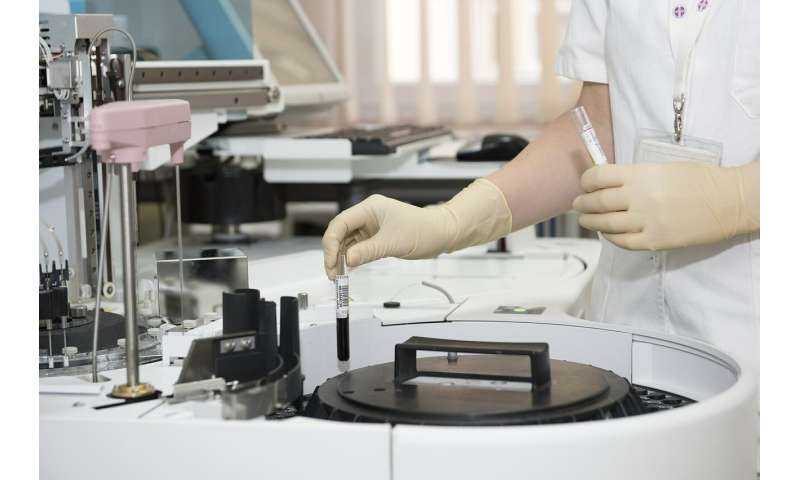
Dr. Gerd Mittelstädt from Te Herenga Waka-Victoria University of Wellington’s Ferrier Research Institute is contributing to the search for a COVID-19 vaccine by finding a rapid way to produce the proteins needed to assess potential vaccine components.
Working alongside other University researchers and the Malaghan Institute for Medical Research, as part of Vaccine Alliance Aotearoa New Zealand-Ohu Kaupare Huaketo, Dr. Mittelstädt is working to produce part of the SARS-CoV-2 virus for immunological testing.
“I am working to produce part of the spike protein—the distinctive spikes that give the coronavirus its crown-like appearance,” Dr. Mittelstädt says. “The coronavirus uses these spike proteins to attach to human cells before inserting its genetic material into those cells.”
Dr. Mittelstädt is generating proteins that include the part of the spike protein known as the receptor binding domain, or RBD. This is an outer piece of the protein that plays a crucial role in how the virus attaches to human cells.
Dr. Mittelstadt is using a type of yeast known as Pichia pastoris to produce the protein.
“Producing a sufficient amount of the protein is essentially the first step towards developing a potential vaccine ingredient,” Dr. Mittelstädt says. “Pichia is straightforward to grow in large quantities using inexpensive methanol, so it is useful in quickly producing the protein fragments—allowing for faster evaluation.”
Dr. Mittelstädt is currently performing the early steps to successfully produce the protein fragments, which he says have been very promising. His protein fragments will then go to Dr. Lisa Connor in the University’s School of Biological Sciences for testing.
Dr. Connor is leading the pre-clinical testing phase for the vaccine, using her extensive expertise in vaccines to ensure the protein fragments are both effective against SARS-CoV-2 and are also safe to use, as well as determining the best dose and method of administration for a successful vaccine.
“This testing will give us more information about the usefulness of the protein fragment,” Dr. Mittelstädt says. “We will continue to develop the fragment, making chemical or biochemical changes to make it more effective.”
Dr. Davide Comoletti from the School of Biological Sciences is also working to produce spike proteins for testing in vaccines, although he is using a different method. This will deliver a range of protein options for the researchers, including Dr. Connor, to test, giving more opportunities to find a successful protein component for use in the COVID-19 vaccine.
Dr. Mittelstädt hopes that this vaccine work will lead to more opportunities to develop vaccines here at the University’s Ferrier Research Institute.
Source: Read Full Article
